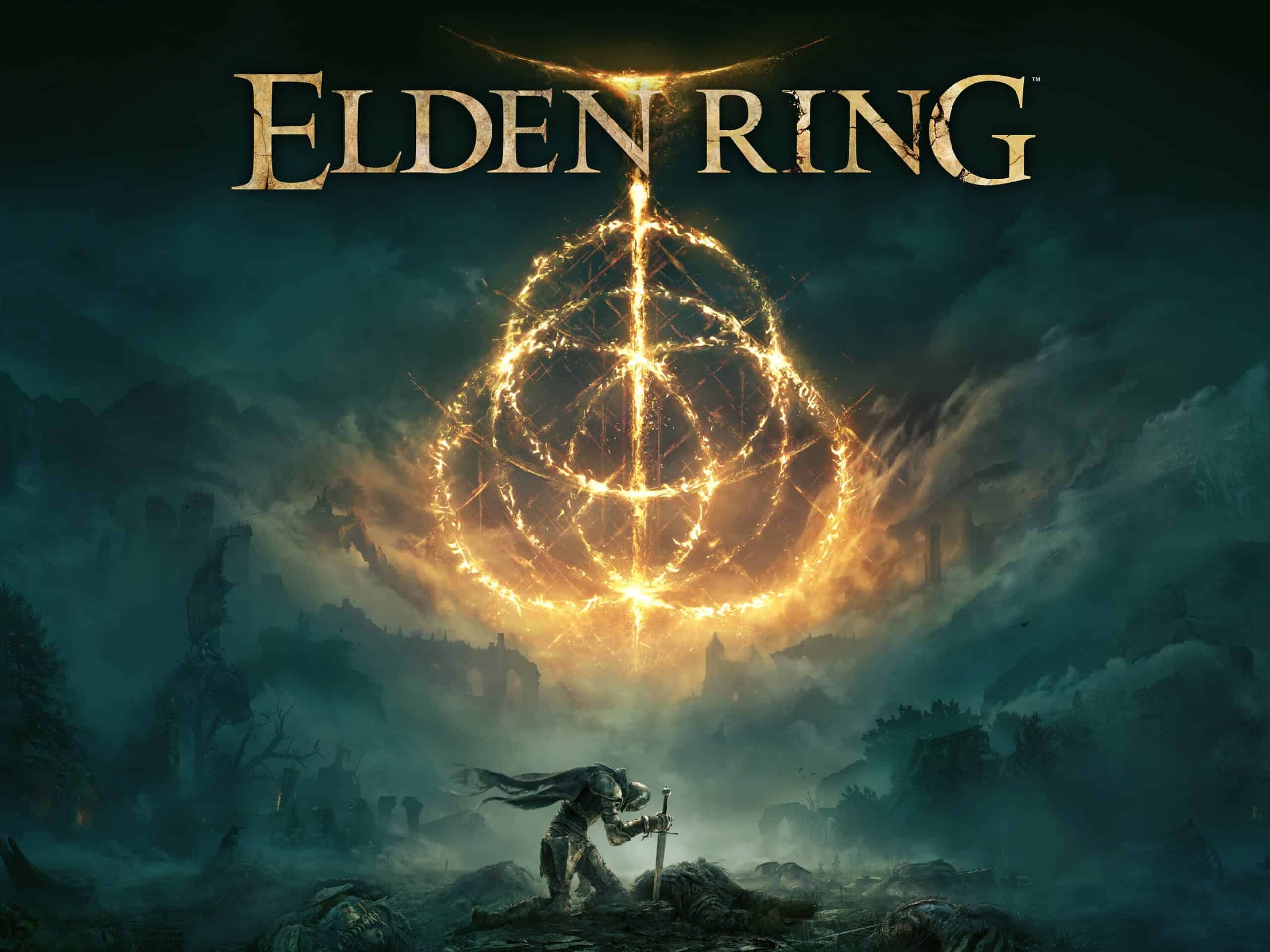Elden Ring offers a vast world to explore. Players often wonder about the right level for each area. The recommended level for Elden Ring areas ranges from 1-10 for Limgrave to 120+ for endgame regions like Mohgwyn Palace.
Knowing the right level helps players tackle challenges without frustration. It guides them through the game’s natural progression. Each zone has unique enemies and bosses suited for specific character strengths.
The Elden Ring Wiki provides a helpful guide for area levels. It’s based on many playthroughs and summoning data. This info can make your journey through the Lands Between smoother and more enjoyable.
Recommended Levels for Elden Ring Areas
Elden Ring’s vast open world offers a sense of freedom, but venturing into areas you’re under-leveled for can lead to frustration. This guide provides recommended level ranges for each major area in The Lands Between, helping you navigate your journey more effectively.
Note: These are general guidelines. Your actual level may vary depending on your build, playstyle, and experience with Soulsborne games.
Starting Areas
- Limgrave: 1-20
- Weeping Peninsula: 10-25
Mid-Game Areas
- Liurnia of the Lakes: 40-50
- Raya Lucaria Academy: 45-70
- Caria Manor: 45-70
- Caelid: 50-60
- Altus Plateau: 60-70
- Mt. Gelmir: 70-80
- Volcano Manor: 70-80
Late-Game Areas
- Underground Areas (Ainsel River, Siofra River, Nokron, Nokstella): 60-90
- Mountaintops of the Giants: 80-90
- Consecrated Snowfield: 90-100
- Crumbling Farum Azula: 100-120
- Leyndell, Royal Capital: 100-120
Legacy Dungeons
Legacy dungeons are typically more challenging than open-world areas. Consider being at the higher end of the recommended level range before tackling these:
- Stormveil Castle: 25-40
- Raya Lucaria Academy: 45-70
- Redmane Castle: 55-70
- Caelid Divine Tower: 60-70
- Volcano Manor: 70-80
- Crumbling Farum Azula: 100-120
Additional Factors to Consider
- Weapon Upgrade Level: Ensure your weapons are adequately upgraded for the area you’re exploring.
- Spirit Ashes: Summoning Spirit Ashes can provide valuable assistance, especially in challenging areas.
- Exploration: Don’t be afraid to explore and discover new areas, even if you’re slightly under-leveled. You might find valuable items or shortcuts.
- Difficulty: If you’re finding an area too difficult, consider returning later when you’re stronger.
Leveling Up Efficiently
- Farming Runes: Identify areas with high concentrations of enemies or bosses that drop a significant number of runes.
- Golden Scarabs: Equip the Golden Scarab talisman to increase rune acquisition.
- Use Golden Runes: Consume Golden Runes to gain a substantial amount of runes.
By following these guidelines and considering your own playstyle, you can effectively navigate the challenges of Elden Ring and enjoy a more balanced and rewarding experience.
Key Takeaways
- Elden Ring areas have recommended levels from early game to endgame
- Proper leveling enhances gameplay and reduces frustration
- Area guides help players navigate the open world effectively
Understanding Levels and Areas in Elden Ring
Elden Ring’s world is vast and diverse. Each area has its own challenges and rewards. Players need to plan their journey carefully to succeed.
Core Areas and Recommended Levels
Limgrave is the starting area. It’s best for levels 1-30. Players can explore and learn game basics here. Stormveil Castle comes next at levels 30-40. It’s tougher but great for honing skills.
Liurnia of the Lakes suits levels 40-60. This area is big and full of secrets. The Academy of Raya Lucaria is here. It’s a key spot for magic users.
Caelid is harsh and fits levels 60-70. It’s optional but has good loot. The Altus Plateau is for levels 70-80. It leads to the capital city.
Recommended levels help players know if they’re ready for an area. Higher levels make areas easier. Lower levels add challenge.
Legacy Dungeons and Their Challenges
Legacy Dungeons are tough spots in each main area. They have strong enemies and bosses. Stormveil Castle is the first one most players face.
The Academy in Liurnia is tricky. It has many mages and weird creatures. Leyndell, Royal Capital is huge and complex. It’s for high-level players.
These dungeons need good weapon upgrades. Players should aim for +3 to +5 in early areas. Late-game needs +7 or higher.
Bosses in Legacy Dungeons are major hurdles. They test player skills and build choices. Beating them often unlocks new areas or key items.
Late-Game and Endgame Locations
Late-game areas are very hard. The Mountaintops of the Giants is cold and dangerous. It’s for levels 100+.
Crumbling Farum Azula is a floating ruin. It has some of the toughest fights. Players should be at least level 120.
The Haligtree is optional but super hard. It’s home to one of the game’s hardest bosses. Only attempt it at very high levels.
Underground areas like Nokron and Ainsel River are part of key quests. They’re spread across different level ranges. Players often revisit them as they grow stronger.
The final areas test everything players have learned. They need top gear and careful planning. The journey to become Elden Lord is long and tough.
Key Enemies and Bosses Encountered
Elden Ring features a wide array of challenging foes. These range from early-game obstacles to epic late-game battles. Players will face increasingly tough enemies as they progress through the Lands Between.
Notable Bosses Through the Game Progression
Godrick the Grafted serves as an early test for players. He’s often the first major boss many face. Starscourge Radahn awaits in Caelid. His fight is a grand spectacle with unique mechanics.
The Regal Ancestor Spirit offers a hauntingly beautiful encounter. Royal Knight Loretta guards Caria Manor with powerful magic. The Red Wolf of Radagon protects the Academy of Raya Lucaria.
Morgott the Omen King stands as a mid-game challenge in Leyndell. The Valiant Gargoyles test players’ skills in Nokron. Astel, Naturalborn of the Void lurks in the depths of the Lake of Rot.
Endgame Bosses and Ultimate Challenges
The Fire Giant marks the start of the endgame. His massive size and devastating attacks make him a formidable foe. Maliketh, the Black Blade guards Crumbling Farum Azula with ferocious speed.
Malenia, Blade of Miquella is often considered the game’s toughest boss. Her lifesteal ability and deadly Waterfowl Dance move challenge even skilled players.
The Godskin Duo forces players to face two tough enemies at once. Mohg, Lord of Blood, employs vicious blood magic. Dragonlord Placidusax offers an optional but epic dragon battle.
Godfrey, First Elden Lord, serves as the penultimate challenge. His second phase as Hoarah Loux showcases raw strength and aggression.
Frequently Asked Questions
Elden Ring’s character progression system plays a crucial role in the game. Players often have questions about recommended levels for different areas and bosses.
What is the recommended character level for each major area in Elden Ring?
Elden Ring has several main areas. Each area has a suggested level range.
Limgrave: 1-30
Weeping Peninsula: 1-30
Liurnia of the Lakes: 30-50
Caelid: 50-70
Altus Plateau: 60-80
Mt. Gelmir: 60-80
Leyndell, Royal Capital: 70-90
These ranges help players gauge their readiness for each region.
At what character level should players typically attempt to defeat the various bosses in Elden Ring?
Boss levels vary widely in Elden Ring. Here are some examples:
Margit, the Fell Omen: 20-30
Godrick the Grafted: 30-40
Rennala, Queen of the Full Moon: 50-60
Starscourge Radahn: 60-70
Mohg, Lord of Blood: 120+
Players may tackle bosses at lower levels with skill and strategy.
How does the Altus Plateau’s level recommendation compare to other areas in Elden Ring?
The Altus Plateau sits in the mid-game range. Its recommended level is 60-80.
This puts it above early areas like Limgrave and Liurnia. It’s on par with Mt. Gelmir.
The Altus Plateau is less demanding than late-game areas. These include Leyndell and the Mountaintops of the Giants.
In what order should players progress through Elden Ring’s areas based on character level?
A common progression route follows the level recommendations:
- Limgrave and Weeping Peninsula
- Liurnia of the Lakes
- Caelid (southern part)
- Altus Plateau and Mt. Gelmir
- Leyndell, Royal Capital
- Mountaintops of the Giants
This order helps players face challenges suited to their level.
Is there a character level considered sufficient for completing Elden Ring?
Many players finish Elden Ring around level 120-150. This range allows for a balanced build.
At this level players can handle most end-game content. Some may go higher for extra challenges or PvP.
There’s no strict requirement. Skilled players beat the game at much lower levels.
What are the commonly leveled attributes for character builds in Elden Ring?
Popular attributes depend on the chosen build. Here are some common focuses:
Vigor: Health is vital for all builds.
Endurance: Stamina and equipment load are universally useful.
Strength/Dexterity: For melee-focused builds.
Intelligence: For sorcery users.
Faith: For incantation users.
Mind: For spell-casting builds to increase FP.
Most builds aim for a primary damage stat and supporting attributes.







